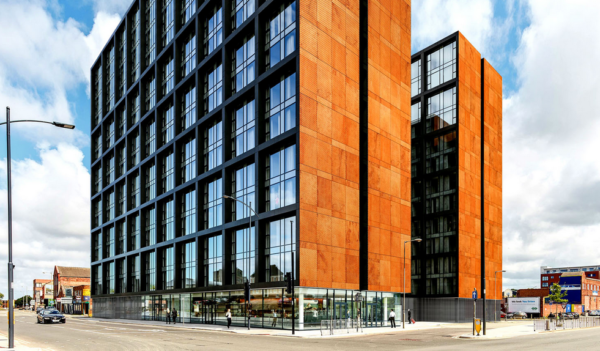
There is no doubt that we have seen a sea change in the fortunes of Liverpool over the last 20 years. Hundreds of millions of pounds of investment has poured into new developments and regeneration of previously rundown areas of the city. The business community is booming, demand for private rental properties is at an all-time high and many experts believe this trend will continue for years to come. While the likes of Manchester, Newcastle and Birmingham are often referred to as the “Northern powerhouses” there is no doubt that Liverpool is now in that league.
Liverpool business community
While the UK economy as a whole may be struggling, the number of high-growth businesses has returned to levels not seen since the dot-com boom. Liverpool now has the highest proportion of fast-growing firms in the UK with numbers increasing by 56% between 2009 and 2015. When you compare this to a study back in 2014 by the ERC, which suggested that start-up companies in Liverpool had the lowest chance of survival across UK cities, the tide really has turned.
The Liverpool economy is now worth more than 2.3 times its value back in 1998 with an average annual growth rate of 4.8% over the last 18 years. While much focus is placed upon the new wave of start-ups, it is worth remembering that there are also a large number of more traditional companies operating out of Liverpool. It is this mix of old and new businesses which offers a unique environment for property investors and property developers.
Increasing rental demand
In many ways the current environment in Liverpool could be described as the “perfect storm”. A growing business community and an increase of 20% in student numbers over the last 12 months have led to extremely strong demand for private rental properties. While student focused HMOs have been in the headlines for some time, there is now a growing trend towards shared occupancy amongst young professionals. As the local economy continues to strengthen, house prices are being pushed beyond the affordability of many young professionals who are now being forced to look towards shared occupancy – rent rises are also outstripping wage increases.
This has led to the introduction of developments such as The Metalworks which is situated on the outskirts of Liverpool’s business district. The development, which will deliver over 300 high quality apartments, is just a short distance from Liverpool’s vibrant nightlife. The best of both worlds!
Debra Beach – branch manager, Keppie Massie Residential recently commented:
“Stock levels are currently insufficient to match levels of demand from buyers and this imbalance could ultimately drive prices upwards. Demand for lettings will doubtless remain high, while rental availability may be further reduced as new tax changes come into play and force individual landlords to sell their properties.”
House price growth
In the 12 months to February 2018 the average house price in Liverpool increased by 7.8% to reach £115,700. In the corresponding three month period growth came in at 2.4% which is extremely encouraging when compared to the UK property market as a whole. As the Liverpool economy continues to grow, regeneration and investment continues to flow towards the city centre and the docklands. The docklands in particular is a much sought after part of the city with property developers offering a wide range of residential opportunities for both investors and tenants.
Even though the grey clouds of Brexit continue to hover over the UK economy, property developers in Liverpool are unable to satisfy existing demand never mind further forecast increases in the short, medium and long-term. As a consequence, demand for quality shared occupancy developments is likely to remain high for some time to come.


